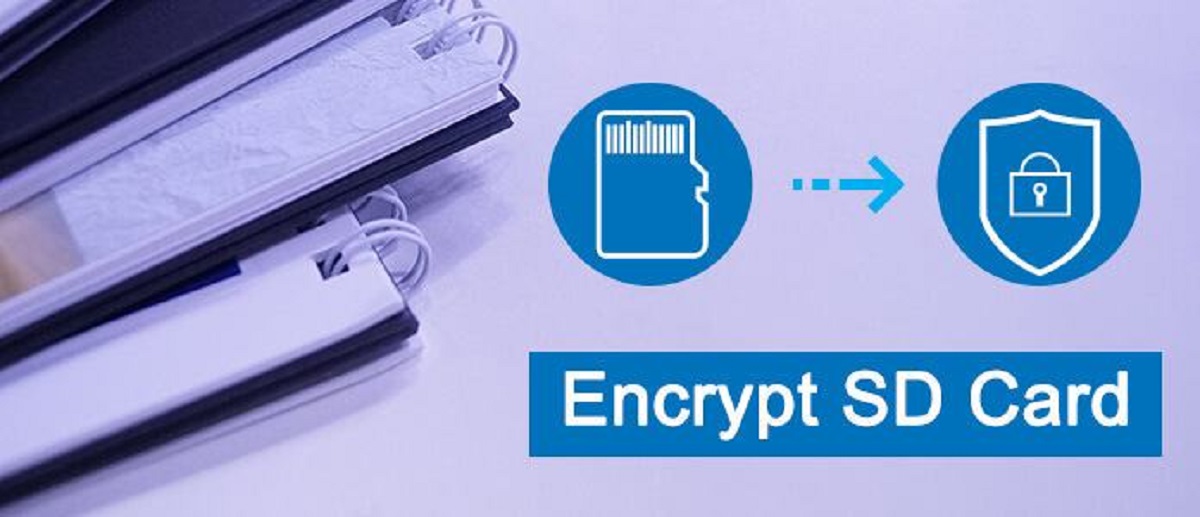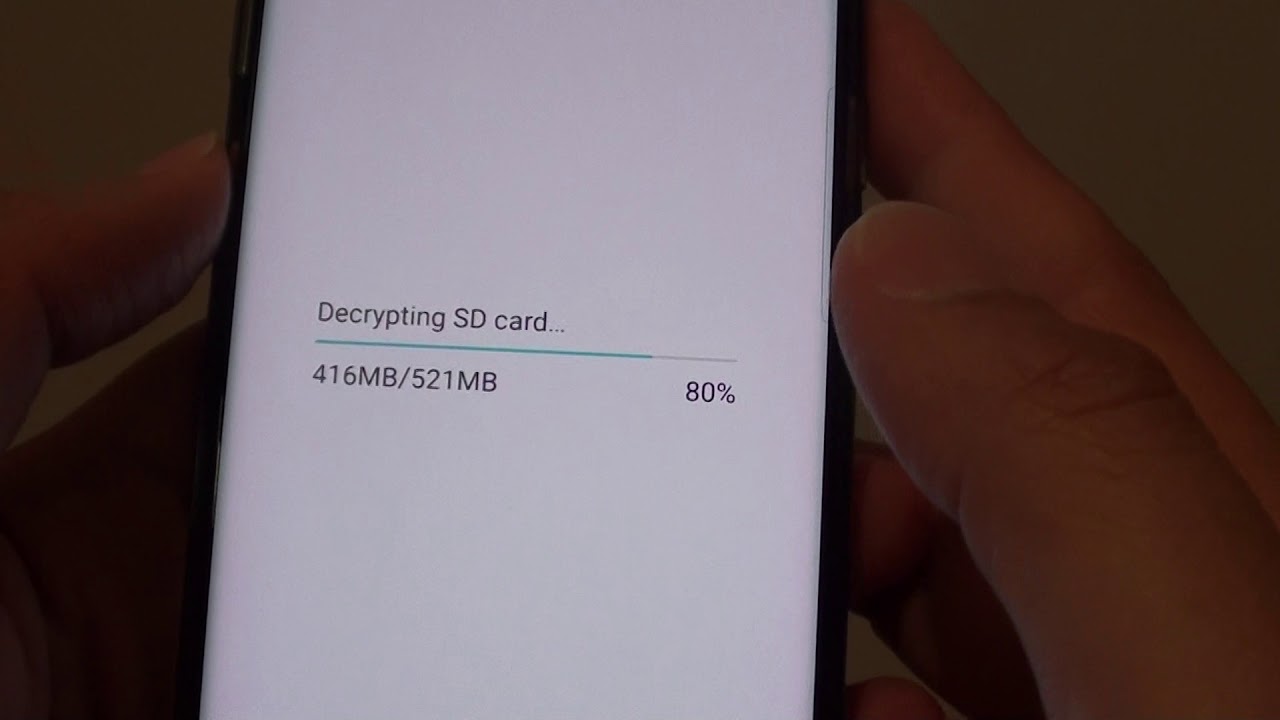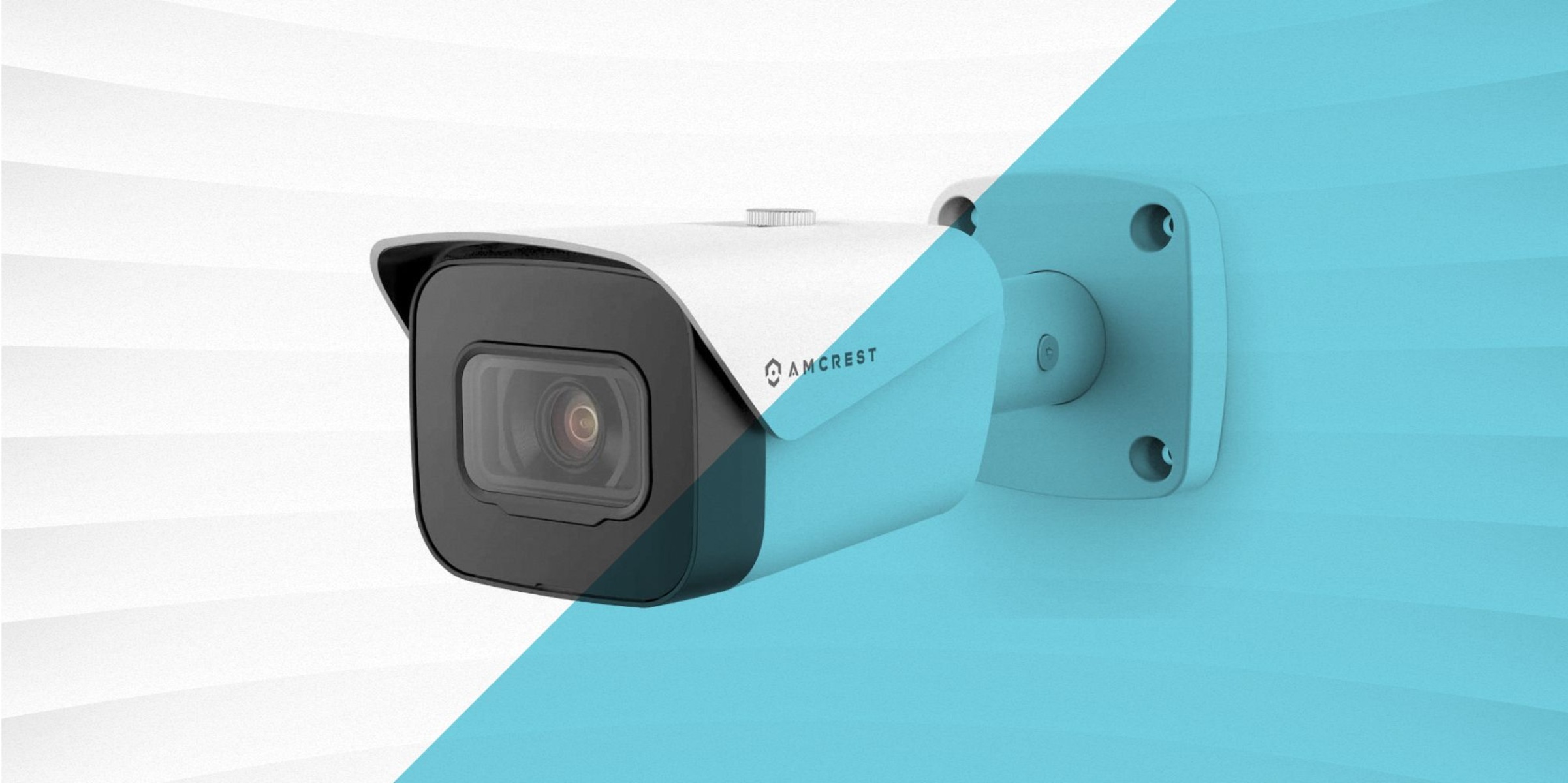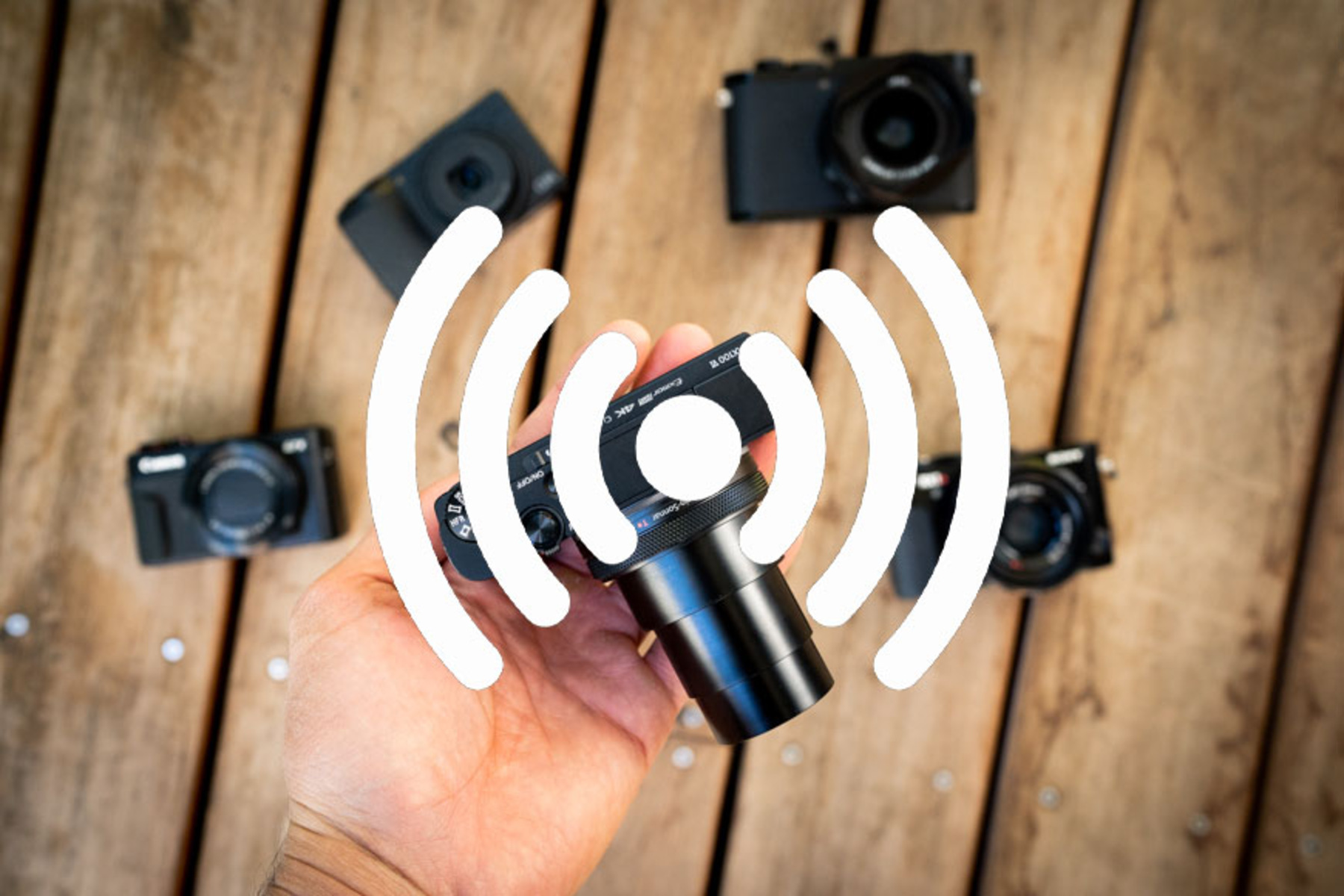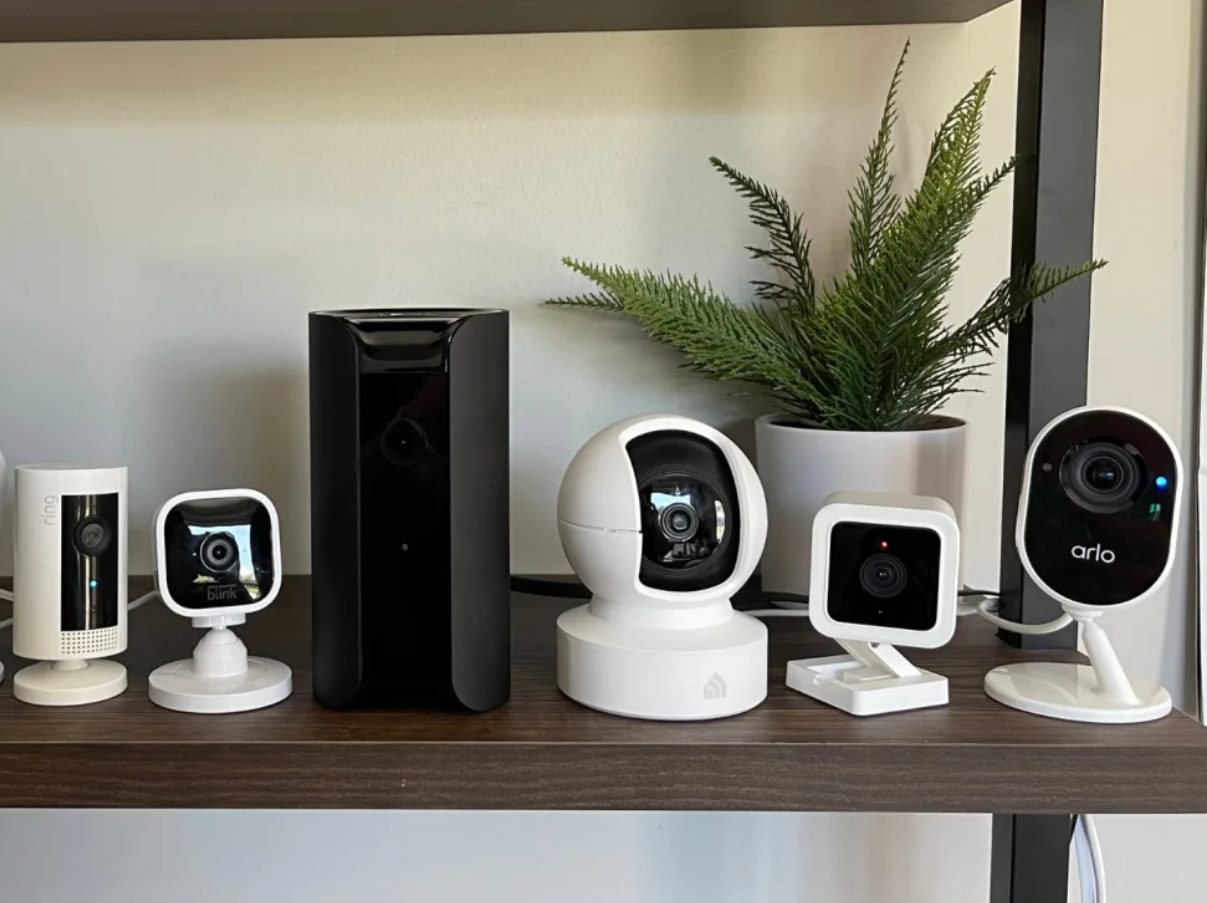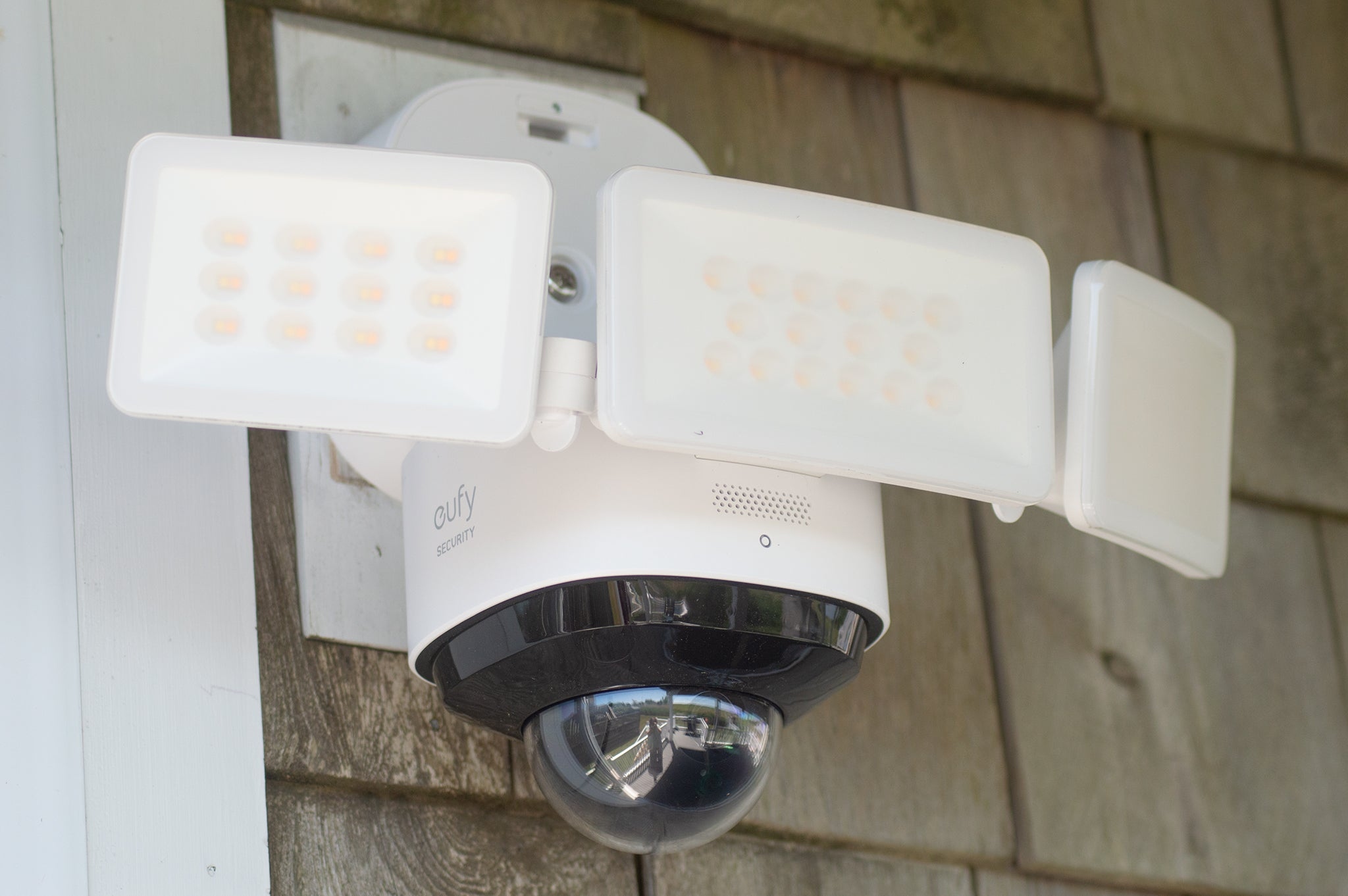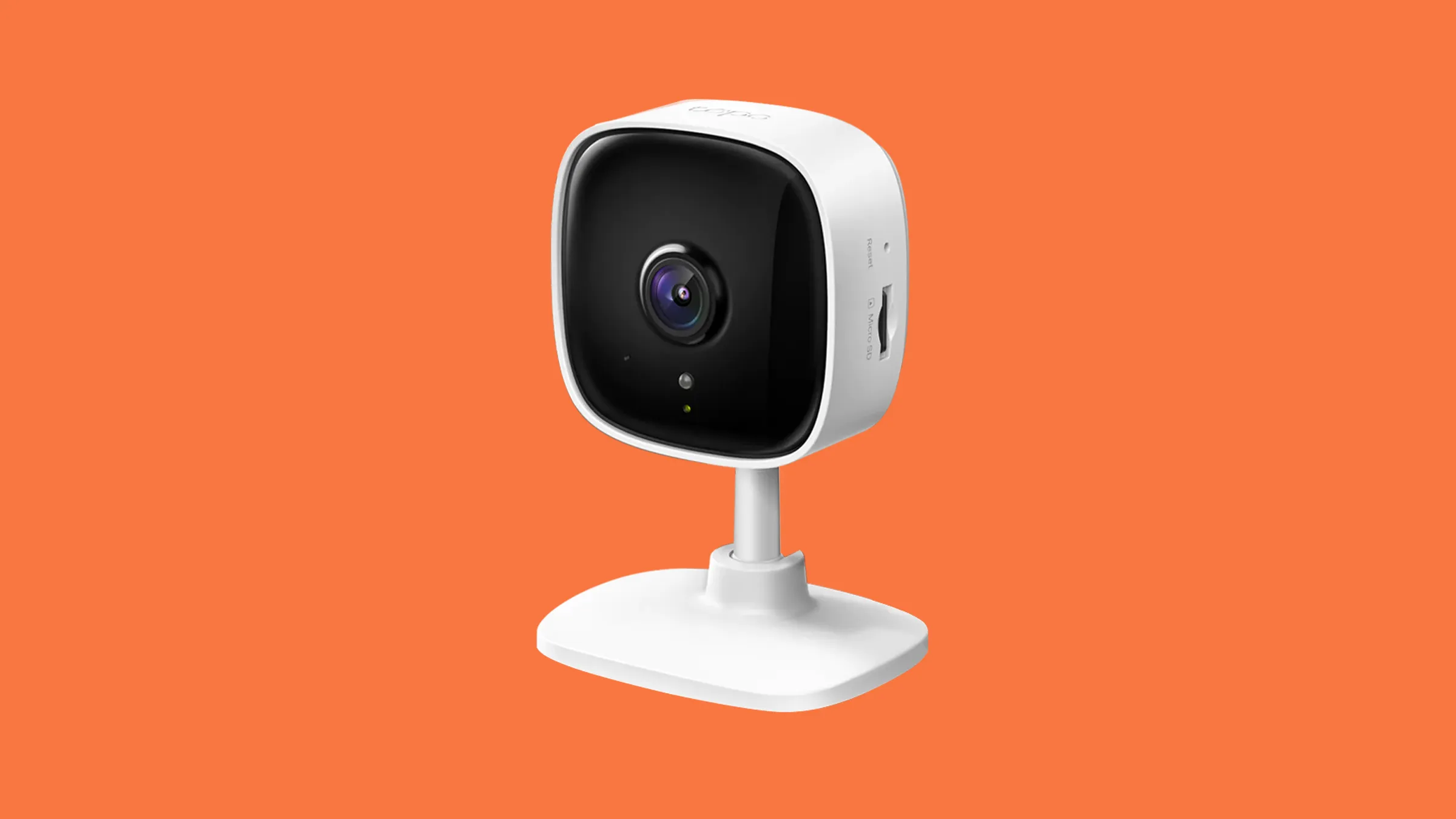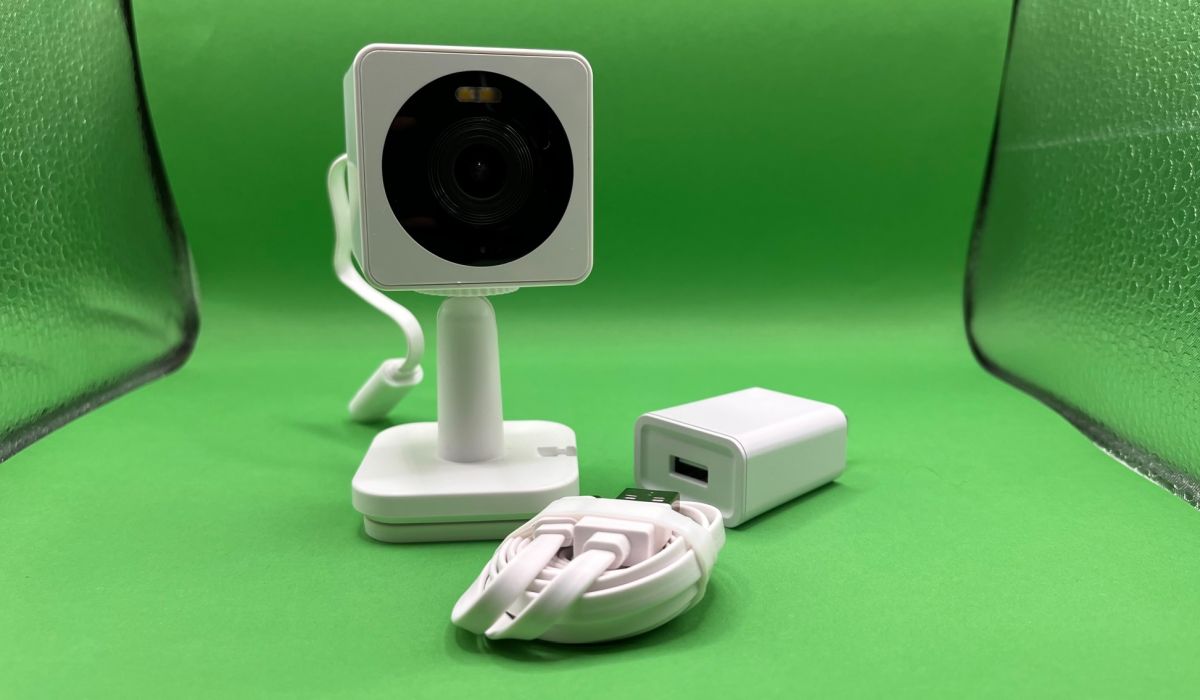Introduction
Welcome to the world of SD card encryption! In this digital age, where information security is of paramount importance, encrypting your SD card can provide an additional layer of protection for your valuable data. Whether you use an SD card in your smartphone, camera, or other devices, understanding the concept and benefits of encryption is crucial.
An SD card, short for Secure Digital card, is a popular type of memory card used to store various types of data, such as photos, videos, and documents. With their small size and large storage capacity, SD cards have become incredibly convenient for users to carry their data with them wherever they go.
Encryption, on the other hand, is the process of converting data into an unreadable format, known as ciphertext, in order to prevent unauthorized access. By encrypting your SD card, you can ensure that even if it falls into the wrong hands, the data on it remains protected and secure.
So, why should you consider encrypting your SD card? The answer lies in the need to safeguard your confidential and sensitive information. Whether it’s personal photos, financial documents, or other sensitive data, encryption can provide peace of mind knowing that even if your SD card is lost or stolen, the data stored on it is effectively useless to anyone without the encryption key.
The process of SD card encryption involves various algorithms and cryptographic techniques that transform your data into a form that is inaccessible without the proper decryption key. There are different methods of encryption available, ranging from password protection to software-based encryption solutions.
In this article, we will delve deeper into the world of SD card encryption, exploring various methods, benefits, and considerations to help you make an informed decision about securing your precious data. So, let’s dive in and discover the fascinating world of SD card encryption!
What is an SD Card?
An SD card, short for Secure Digital card, is a small, portable storage device widely used in various electronic devices, including smartphones, cameras, tablets, and gaming consoles. It serves as a form of external memory, allowing users to expand the storage capacity of their devices.
The SD card standard was developed by the SD Association in 1999 and has since become one of the most common types of memory cards in use today. SD cards are available in different sizes and formats, including standard SD, miniSD, and microSD, to accommodate different devices’ physical dimensions.
SD cards come in varying storage capacities, ranging from a few gigabytes to several terabytes. This versatility allows users to store a vast amount of data, including photos, videos, music, documents, and applications, depending on their specific needs.
One of the key advantages of SD cards is their portability. They are small and lightweight, making them easy to carry around. This portability makes SD cards a popular choice for photographers who need to store a large number of high-resolution images or for individuals who frequently transfer data between various devices.
SD cards also offer convenient and seamless compatibility with a wide range of devices, thanks to their standardized format. Whether you’re using a digital camera, smartphone, or laptop, chances are it will have an SD card slot or support for SD card adapters, enabling quick and easy data transfer.
Over the years, SD cards have evolved to keep up with the advancements in technology. Today, you can find SD cards with higher read and write speeds, enabling faster data transfer and improved performance, which is particularly crucial for tasks like recording high-definition videos or capturing rapid-fire photos.
Moreover, advancements in SD card technology have also led to the development of specialized SD card types, such as SDHC (Secure Digital High Capacity) and SDXC (Secure Digital eXtended Capacity), offering even larger storage capacities and improved performance.
In summary, an SD card is a portable storage device that allows users to expand the storage capacity of their electronic devices. With their compact size, high storage capacity, and compatibility with various devices, SD cards have become an essential tool for data storage and transfer in today’s digital world.
What is Encryption?
Encryption is a process of transforming data into a code or cipher to protect it from unauthorized access. It ensures that only authorized individuals with the encryption key can decipher and access the original data. The primary goal of encryption is to maintain the confidentiality and integrity of sensitive information.
In simple terms, encryption takes plain, readable data, also known as plaintext, and converts it into an unreadable format called ciphertext. This conversion process involves the use of an encryption algorithm, which is a specific mathematical formula or set of rules that governs how the encryption and decryption processes work.
There are two primary types of encryption: symmetric encryption and asymmetric encryption. Symmetric encryption, also known as secret-key encryption, uses a single key to both encrypt and decrypt the data. This means that the same key that is used to encrypt the data is also used to decrypt it, making it essential to keep the key secure.
On the other hand, asymmetric encryption, also known as public-key encryption, uses a pair of keys – a public key and a private key. The public key is used to encrypt the data, while the private key is used to decrypt it. The public key can be freely distributed, as it does not reveal the private key used for decryption.
Encryption algorithms use complex mathematical calculations and cryptographic techniques to convert the plaintext into ciphertext. The strength of the encryption algorithm lies in its ability to make it computationally infeasible and time-consuming to decipher the ciphertext without the proper key.
In addition to providing data confidentiality, encryption also plays a pivotal role in ensuring data integrity. By encrypting the data, any tampering or modification of the ciphertext becomes evident during decryption. This allows the recipient to verify the integrity of the data and detect any unauthorized changes.
Encryption is widely used in various applications and industries, including financial institutions, healthcare organizations, government agencies, and everyday communications. It protects sensitive information such as financial transactions, personal data, emails, and confidential documents from unauthorized access and interception.
Overall, encryption is a crucial security measure that helps safeguard sensitive information from prying eyes. It provides an essential layer of protection in today’s digital landscape, where data breaches and cyberattacks are prevalent. By employing strong encryption techniques, organizations and individuals can ensure the confidentiality, integrity, and privacy of their data.
Why Encrypt an SD Card?
Encrypting an SD card offers several compelling reasons why individuals and organizations should consider implementing this security measure. Let’s explore some of the key reasons why encrypting an SD card is important:
1. Protection of confidential data: One of the primary reasons to encrypt an SD card is to protect confidential and sensitive information. Whether it’s personal photos, financial documents, or sensitive business data, encrypting the SD card ensures that even if the device or card is lost or stolen, the data remains securely locked away, inaccessible to unauthorized individuals.
2. Prevent unauthorized access: Encrypting an SD card adds an extra layer of security, making it difficult for unauthorized individuals to access the data stored on it. Without the encryption key, the data is rendered unreadable and useless, significantly reducing the chances of unauthorized access or data breaches.
3. Compliance with privacy regulations: Many industries, such as healthcare and finance, are subject to stringent privacy regulations like HIPAA and GDPR. Encrypting SD cards helps organizations meet these regulatory requirements by ensuring the protection of sensitive customer information and avoiding potential legal consequences.
4. Protection against identity theft: Encrypting an SD card safeguards your personal information from identity theft. If your SD card falls into the wrong hands, the encrypted data cannot be easily accessed or used for fraudulent activities, providing you with peace of mind.
5. Safe data transfer and sharing: By encrypting an SD card, you can confidently share or transfer sensitive data without the fear of it being intercepted or accessed by unauthorized parties. Whether you’re sharing files with colleagues, clients, or friends, encrypted data ensures that only the intended recipients can decipher and access the information.
6. Protection against malware: Encrypting an SD card can also help protect against malware or malicious software. Even if a malicious actor gains access to the SD card, the encrypted data remains secure, preventing malware from accessing and exploiting sensitive information.
7. Peace of mind: Finally, encrypting an SD card provides peace of mind, knowing that your valuable data is secure. Whether it’s personal memories, important documents, or business-critical information, encryption helps ensure that your data remains protected, regardless of where the SD card may end up.
Overall, encrypting an SD card is a proactive and essential security measure to safeguard your sensitive data. It provides protection against unauthorized access, helps meet regulatory requirements, and offers peace of mind in today’s ever-evolving digital landscape.
How does Encryption Work?
Encryption is a complex process that involves mathematical algorithms and cryptographic techniques to transform data into an encrypted form that is unreadable without the proper decryption key. Let’s explore the general steps involved in the encryption process:
1. Encryption algorithm selection: The first step in the encryption process is selecting an encryption algorithm. There are several encryption algorithms available, such as AES (Advanced Encryption Standard), RSA, and Blowfish, each with its own strengths and weaknesses. The chosen algorithm determines how the encryption and decryption processes will be performed.
2. Data division into blocks: The data to be encrypted is divided into smaller blocks. The block size depends on the encryption algorithm being used and can vary. Each block is treated independently during the encryption process.
3. Key generation: A key is generated that will be used to encrypt the data. Symmetric encryption algorithms use a single key for both encryption and decryption, while asymmetric encryption algorithms use a pair of keys – a public key for encryption and a corresponding private key for decryption.
4. Encryption process: Once the encryption algorithm and key are determined, the encryption process begins. The algorithm takes each block of data and performs a series of mathematical calculations and substitutions to convert the plaintext into an unreadable format called ciphertext. This process makes the encrypted data appear random and indecipherable.
5. Key management: Proper key management is crucial to the security of the encrypted data. Symmetric encryption requires the secure distribution and storage of the shared key. Asymmetric encryption utilizes the public key for encryption, which can be freely distributed, and the private key for decryption, which must be kept secure and confidential.
6. Decryption process: To decrypt the encrypted data, the reverse process is followed. The decryption process involves using the decryption key, whether it’s the same symmetric encryption key or the private key in asymmetric encryption, to reverse the encryption process and transform the ciphertext back into the original plaintext.
7. Data integrity verification: In addition to confidentiality, encryption also ensures data integrity. By incorporating techniques such as message authentication codes (MACs) or digital signatures, encryption verifies the integrity of the data during decryption to ensure it has not been altered or tampered with.
Encryption provides a secure method to protect data from unauthorized access. The strength of encryption lies in the complexity of the encryption algorithm, the security of the encryption keys, and the implementation of proper key management practices.
It’s important to note that while encryption provides a high level of security, it is not foolproof. The security of encrypted data depends on factors such as the strength of the encryption algorithm, the length and randomness of the encryption keys, and the protection of the decryption keys.
By understanding how encryption works, you can appreciate the importance of implementing encryption measures to protect your sensitive data from unauthorized access and maintain its confidentiality and integrity.
Methods of Encrypting an SD Card
There are several methods available for encrypting an SD card, each with its own considerations and level of security. Let’s explore some of the common methods used to encrypt SD cards:
1. Password Protection: One of the simplest methods to encrypt an SD card is to use password protection. Many devices and operating systems provide built-in encryption features that allow you to set a password to unlock the SD card. This method encrypts the data using an encryption algorithm and requires the correct password to decrypt and access the data. It is essential to choose a strong and unique password to ensure the security of the encrypted data.
2. Hardware-based Encryption: Some SD cards come with built-in hardware encryption capabilities. These cards have dedicated encryption processors that perform the encryption and decryption operations, offloading the process from the device’s main processor. Hardware-based encryption offers faster performance and enhanced security compared to software-based methods.
3. Software-based Encryption: Software-based encryption refers to using encryption software or applications to encrypt the SD card. These applications use encryption algorithms to encrypt the data stored on the SD card and require a password or encryption key to access the encrypted data. Software-based encryption provides flexibility as it can be used on various devices and operating systems, but it may rely on the device’s processing power and may have slower performance compared to hardware-based encryption.
4. File-Level Encryption: Instead of encrypting the entire SD card, file-level encryption allows you to selectively encrypt specific files or folders on the SD card. This method provides more flexibility, as you can choose which files or folders to encrypt, while leaving others accessible without encryption. File-level encryption can be done through specific encryption applications or features provided by the operating system.
5. Third-Party Encryption Tools: There are various third-party encryption tools and software available that provide advanced encryption features for SD cards. These tools often offer additional security options such as multiple encryption algorithms, secure deletion of files, and password recovery mechanisms. When using third-party encryption tools, it is essential to choose reputable and trusted software to ensure the security and integrity of your data.
It is important to note that the method of encryption you choose should be based on your specific needs, the level of security required, and the compatibility with your devices. Consider factors such as ease of use, performance impact, and data recovery options when selecting an encryption method for your SD card.
Regardless of the encryption method you choose, it is vital to regularly back up your encrypted data to ensure that you have a copy of your data in case of loss or corruption of the encrypted SD card. Additionally, make sure to keep your encryption passwords or keys in a secure place to prevent unauthorized access to both the encrypted data and the encryption keys.
By employing one of these methods of encrypting an SD card, you can enhance the security of your data and protect it from unauthorized access, providing peace of mind and ensuring the confidentiality of your sensitive information.
Password Protection
One of the simplest and most common methods of encrypting an SD card is by using password protection. With password protection, you set a password that acts as the encryption key for the SD card. Only those who have the correct password can decrypt and access the data stored on the card.
Setting up password protection for an SD card is relatively straightforward. Many devices and operating systems offer built-in features that allow you to enable password protection for your SD card. The encryption process typically involves the following steps:
1. Enable encryption: First, you need to enable the encryption feature on your device or operating system. This option can usually be found in the security or privacy settings of your device. Once enabled, the encryption process will begin.
2. Set a strong password: When prompted, you will be asked to set a password to encrypt the SD card. It is crucial to choose a strong and unique password that is not easily guessable. A strong password typically includes a combination of uppercase and lowercase letters, numbers, and special characters.
3. Encryption process: After setting the password, the encryption process will start. This process involves using an encryption algorithm to convert the data on the SD card into ciphertext, making it inaccessible without the correct password.
4. Password prompt: From now on, whenever you access the SD card, you will be prompted to enter the password. Without entering the correct password, the data on the card will remain encrypted and unreadable.
Password protection offers several advantages when encrypting an SD card:
- Easy implementation: Password protection is often built into devices and operating systems, making it a convenient and accessible encryption method for most users.
- Flexibility: Since the encryption key is the password itself, you can easily change the password as needed without affecting the data on the SD card.
- Poor password security: However, it is essential to remember that the security of password protection relies heavily on the strength and uniqueness of the password. Using easily guessable passwords or reusing passwords across different accounts compromises the effectiveness of password protection.
- Data recovery: In case you forget the password or lose access to it, data recovery can be challenging or even impossible. It is crucial to keep the password in a secure place or use password management tools to avoid these situations.
When using password protection as an encryption method for your SD card, it is necessary to take several precautions to ensure the security of your data. These precautions include:
- Choose a strong, complex, and unique password for your SD card.
- Avoid using personal information or easily guessable passwords.
- Regularly change your password for added security.
- Store your password in a secure location, separate from the SD card.
- Consider using a trusted password manager to securely store and manage your passwords.
- Be cautious when entering the password on public or untrusted devices to prevent unauthorized access.
By using password protection, you can add a layer of security to your SD card and ensure that your data remains safe and inaccessible to unauthorized individuals. However, it is crucial to remain vigilant about password security practices to maximize the effectiveness of password protection as an encryption method.
Setting up Encryption on an SD Card
Setting up encryption on an SD card is a straightforward process that involves configuring your device or operating system to encrypt the data stored on the card. While the exact steps may vary depending on your device and operating system, the general process typically involves the following steps:
1. Check encryption capabilities: Before proceeding, verify that your device or operating system supports SD card encryption. Not all devices have built-in encryption features, so it’s important to check the specifications or consult the user manual to ensure compatibility.
2. Backup your data: Prior to encrypting the SD card, it is crucial to create a backup of all the data stored on it. Encryption is irreversible, and there is a risk of data loss if anything goes wrong during the encryption process. By backing up your data, you can ensure that you have a copy of your files in case of any unforeseen issues.
3. Enable encryption: Once you have confirmed the encryption capabilities of your device, navigate to the appropriate settings menu. Look for options related to security or privacy, as encryption settings are often found there. Enable the encryption feature, and you may be prompted to set a password or passphrase for the encryption process.
4. Set a strong password or passphrase: When prompted, set a strong and unique password or passphrase to ensure the security of the encrypted SD card. It is recommended to use a combination of uppercase and lowercase letters, numbers, and special characters. Avoid using easily guessable passwords and consider using a password manager to securely store and manage your passwords.
5. Encryption process: After setting a password or passphrase, the encryption process will begin. The time it takes to encrypt the SD card may vary depending on the size of the card and the processing power of your device. During this process, the data on the SD card will be converted into an unreadable format that can only be deciphered with the correct password or passphrase.
6. Validation: Once the encryption process is complete, you can validate that the SD card is encrypted by attempting to access the data without entering the password or passphrase. If the encryption is successful, the data on the SD card should be inaccessible.
It’s important to note that some devices and operating systems may offer additional encryption settings or options. For example, you may have the choice to encrypt the entire SD card or selectively encrypt specific files and folders. Explore the available options and choose the settings that best suit your needs and preferences.
Remember to keep your encryption password or passphrase in a secure location, separate from the SD card, to prevent unauthorized access. Losing or forgetting the password can result in permanent data loss, as the encrypted data cannot be recovered without the correct password.
By following these steps to set up encryption on your SD card, you can protect your sensitive data from unauthorized access and ensure the confidentiality and security of your information.
Using Encryption Software for SD Card Encryption
While many devices and operating systems provide built-in encryption features, you may also opt to use dedicated encryption software for encrypting an SD card. Encryption software offers additional customization options and flexibility when it comes to securing your SD card. Here’s a breakdown of how to use encryption software for SD card encryption:
1. Choose reliable encryption software: Start by researching and selecting a reputable encryption software specifically designed for SD card encryption. Look for software that offers strong encryption algorithms, user-friendly interfaces, and positive reviews from trusted sources.
2. Install the encryption software: Download and install the chosen encryption software on your computer. Ensure that the software is compatible with your operating system and device.
3. Insert the SD card: Insert the SD card into the appropriate card reader or slot on your computer. Ensure that the SD card is recognized by the system and accessible.
4. Launch the encryption software: Open the encryption software and navigate to the encryption or protection settings. Look for options related to SD card encryption.
5. Select the SD card: From within the software, select the SD card you wish to encrypt. The software should detect and display the available SD card options.
6. Choose encryption settings: Configure the encryption settings according to your preferences. This may include selecting the encryption algorithm, setting a password or passphrase, and specifying other encryption options such as file or folder encryption, compression, or encryption strength.
7. Start the encryption process: Initiate the encryption process by clicking on the appropriate button in the software. The software will begin encrypting the data on the SD card based on the chosen settings.
8. Monitor the encryption progress: During the encryption process, the software will display the progress and estimated time remaining. Ensure that the encryption process is completed successfully before removing the SD card.
9. Safely eject the SD card: Once the encryption is complete, follow the proper procedure to safely eject the SD card from the computer to avoid data corruption or loss.
10. Test the encrypted SD card: Insert the encrypted SD card into a compatible device to verify that it can only be accessed by entering the correct password or passphrase. Ensure that all data is securely encrypted and protected.
Using encryption software for SD card encryption provides additional features and customization options compared to built-in encryption features. However, it is essential to keep in mind the following considerations:
- Choose reputable encryption software from trusted sources to ensure data security.
- Regularly update the encryption software to benefit from the latest security patches and enhancements.
- Ensure the encryption software is compatible with your operating system, device, and SD card type.
- Keep a backup of your encrypted data to avoid potential data loss caused by software issues or SD card corruption.
- Securely store the encryption password or passphrase to prevent unauthorized access.
By using encryption software specifically designed for SD card encryption, you can customize your encryption settings, ensure the security of your sensitive data, and have additional control over the encryption process.
Benefits of Encrypting an SD Card
Encrypting an SD card offers several significant benefits that can greatly enhance the security of your sensitive data. Whether you use the SD card for personal or professional purposes, encryption provides added layers of protection and peace of mind. Let’s explore some of the key benefits of encrypting an SD card:
1. Data Confidentiality: Encryption ensures that only authorized individuals with the correct decryption key can access the data stored on the SD card. By encrypting the data, you protect the confidentiality of sensitive information, such as personal documents, financial details, or sensitive business data.
2. Protection against Unauthorized Access: Encrypting an SD card significantly reduces the risk of unauthorized access to your data. Even if the SD card falls into the wrong hands or is stolen, the encrypted data remains inaccessible without the decryption key. This provides a crucial layer of security in case of loss, theft, or unauthorized use of your SD card.
3. Compliance with Data Protection Regulations: Encrypting an SD card can help you meet the data protection requirements mandated by various regulations, such as the General Data Protection Regulation (GDPR) or data privacy laws in specific industries. By implementing encryption, you demonstrate your commitment to safeguarding sensitive data, reducing the risk of non-compliance and potential legal consequences.
4. Safe Data Sharing and Transfer: When you encrypt an SD card, you can confidently share or transfer data without worrying about unauthorized interception or access. Whether you’re sharing files with colleagues, clients, or friends, encrypted data remains secure and protected, ensuring that only authorized recipients can decrypt and access the information.
5. Protection against Data Breaches: Data breaches and cyberattacks are prevalent in today’s digital landscape. Encrypting an SD card provides an additional layer of defense against data breaches. Even if the data on the SD card is compromised, the encrypted format renders it useless to unauthorized individuals, minimizing the impact of a potential breach.
6. Personal Privacy and Identity Theft Prevention: Encrypting an SD card helps protect your personal privacy and guards against identity theft. If your SD card is lost or stolen, the encrypted data remains encrypted, preventing unauthorized access to sensitive personal information. This reduces the risk of your identity being compromised or personal data being misused.
7. Peace of Mind: Perhaps one of the most significant benefits of encrypting an SD card is the peace of mind it provides. Knowing that your sensitive data is secure and protected can alleviate concerns and anxieties related to data loss or unauthorized access. Encryption offers reassurance, allowing you to use your SD card with confidence.
By encrypting an SD card, you add an important layer of security to protect your valuable data. Whether it’s personal information, financial data, or sensitive business documents, encryption ensures data confidentiality, mitigates the risk of unauthorized access, and ensures compliance with data protection regulations. Enjoy the benefits of encryption and maintain the security and integrity of your data with an encrypted SD card.
Risks and Considerations
While encrypting an SD card offers numerous benefits, it’s important to be aware of the potential risks and considerations associated with this security measure. Understanding these factors allows you to make informed decisions regarding the encryption of your SD card. Here are some risks and considerations to keep in mind:
1. Password Management: One of the primary risks of encrypting an SD card is the management of passwords or encryption keys. If you forget your password or lose access to the encryption key, the data on the SD card may become permanently inaccessible. It’s crucial to employ secure password management practices, such as using unique and complex passwords, regularly updating them, and securely storing them to avoid potential data loss.
2. Data Backup: Encrypting an SD card may introduce a higher risk of data loss in the event of an unexpected issue or SD card failure. It is essential to maintain regular backups of your encrypted data to ensure recovery options are available in case of data corruption or loss. Consider implementing a robust backup strategy to safeguard against unforeseen circumstances.
3. Compatibility and Single Platform Limitations: Some encryption methods may have limitations related to cross-platform compatibility. For instance, an SD card encrypted on one device or operating system may only be accessible on that specific platform. Ensure that the encrypted SD card can be used across multiple devices and operating systems if needed, or consider alternative encryption methods that offer broader compatibility.
4. Performance Impact: Depending on the encryption method and the processing power of the device, there may be a performance impact when accessing and using encrypted data on the SD card. Some encryption techniques require additional computational power, which could result in slower read and write speeds. Consider the performance implications and assess if the impact is acceptable for your specific needs.
5. Data Recovery: In the event of a system failure or SD card corruption, data recovery from an encrypted SD card may be more challenging than from an unencrypted one. Ensure that you have a reliable backup strategy in place to minimize the risk of data loss, as recovery options may be limited or dependent on specialized data recovery services.
6. Trustworthiness of Encryption Methods: When choosing encryption methods or encryption software, it is important to select reputable and trusted options. Using unverified or insecure encryption methods may compromise the security of your data. Take the time to research and choose encryption solutions from reliable sources to ensure the integrity and effectiveness of your data encryption.
7. User Awareness and Education: Encrypting an SD card requires user awareness and understanding of encryption practices. Users should be educated on the importance of strong passwords, encryption key management, and the potential risks associated with encryption. By fostering user education and awareness, you can minimize the likelihood of accidental password loss, compromised encryption keys, or other security vulnerabilities.
By considering these risks and addressing relevant considerations, you can make informed decisions about encrypting your SD card. Safeguard your sensitive data by implementing secure password management practices, maintaining data backups, and being mindful of potential limitations and performance impacts. Ultimately, by understanding the risks and considerations, you can maximize the benefits of SD card encryption while mitigating potential security vulnerabilities.
Conclusion
Encrypting an SD card is a vital security measure to protect your sensitive data from unauthorized access. By converting your data into an unreadable format, encryption ensures the confidentiality and integrity of your information, even if the SD card falls into the wrong hands. Whether you choose password protection, hardware-based encryption, or software-based encryption, the benefits of encrypting an SD card are numerous.
By encrypting an SD card, you can safeguard confidential data, prevent unauthorized access, and comply with data protection regulations. Encryption also provides peace of mind, enabling secure data sharing and transfer. Moreover, encrypting an SD card helps protect personal privacy, guards against identity theft, and mitigates the risk of data breaches.
While encrypting an SD card offers significant advantages, it’s important to consider the risks and take necessary precautions. Proper password management, regular data backups, compatibility assessment, performance implications evaluation, and user education are crucial to enhancing the effectiveness of SD card encryption and minimizing potential vulnerabilities.
As technology advances and data security becomes an increasing concern, encrypting an SD card is becoming more essential. Whether you are an individual looking to protect personal memories or a business safeguarding sensitive information, encrypting your SD card should be a priority. Choose an encryption method that aligns with your needs, and follow best practices for managing passwords and encryption keys.
Remember, while encryption provides a strong security measure, it is not foolproof. It is essential to remain vigilant, keep your encryption passwords or keys secure, and stay updated on the latest encryption technologies and practices. By doing so, you can enjoy the benefits of encrypted SD cards and have confidence in the security of your valuable data.







